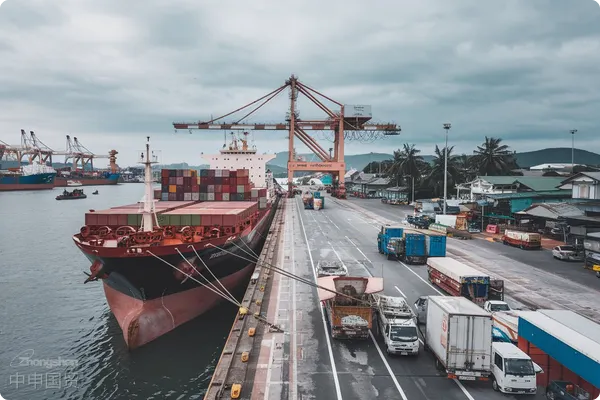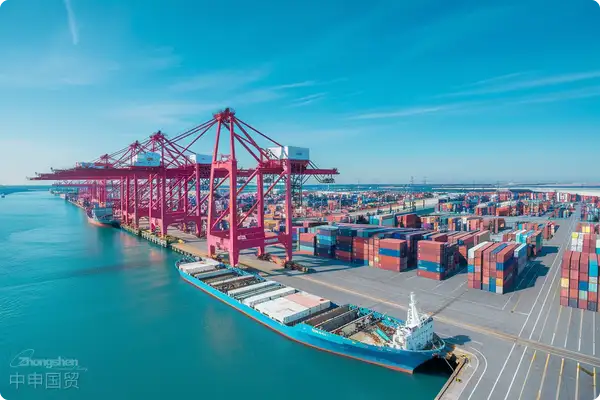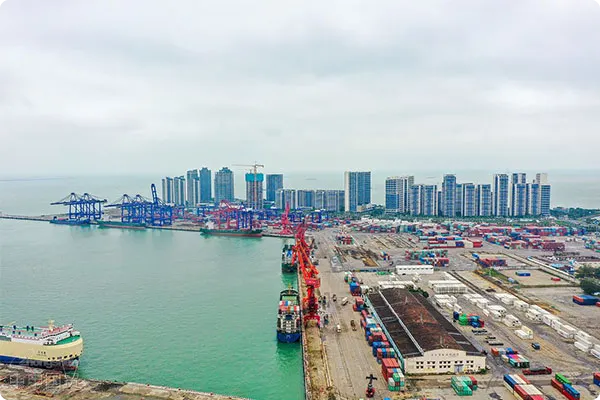- Shanghai Zhongshen International Trade Co., Ltd. - Two decades of trade agency expertise.
- Service Hotline: 139 1787 2118
Relevant Introduction
Control of trade term risksimport and exportIn import and export trade, the insurance amount is usually calculated based on the CIF (Cost, Insurance, and Freight) price. To cover possible additional costs and expected profits, the insurance amount is increased by 10% on the basis of the CIF price. This approach aims to ensure that in case of losses, the insurance compensation can cover the cost of the goods and the expected profits. The specific calculation formula is as follows:

Choice of Insurance Handling
Formula: Export Insurance Amount = CIF Price × 110% Calculation of Insurance Premium:
Once the insurance amount is determined, the next step is to calculate the actual insurance premium. The insurance premium is calculated based on the insurance amount and a specific insurance rate. The insurance rate is determined by the insurance company according to factors such as the type of goods, mode of transportation, transportation route, and other risk factors.
Formula: Export Insurance Premium = Export Insurance Amount × Insurance Rate Here, we assume that the CIF price of the goods to be exported by an enterprise is $50,000, and the insurance rate given by the insurance company is 0.75%. We will calculate according to the formulas mentioned above.
Calculate the export insurance amount:
When it comes to cargo transportation insurance, it is crucial to understand how to correctly calculate the insurance premium and insurance amount. This can not only help enterprises avoid potential risks but also ensure appropriate financial protection during the transportation of goods. How is the export insurance premium calculated? The following is a detailed explanation of the calculation methods for import and export cargo transportation insurance and the choice of insurance handling.
Export Insurance Amount = CIF Price × 110%
1、確定CIF價格:
CIF價格 = $50,000
Export Insurance Amount = $50,000 × 110% = $55,000
Calculate the export insurance premium:
Export Insurance Premium = Export Insurance Amount × Insurance Rate
Export Insurance Premium = $55,000 × 0.75% = $412.50
According to the above calculations, for goods with a CIF price of $50,000, the export insurance amount should be $55,000, and the export insurance premium to be paid is $412.50. This insurance premium takes into account possible additional costs and expected profits, ensuring that if any losses occur during the transportation of the goods, the insurance compensation can cover the cost and expected profits.
When handling cargo transportation insurance, import and export enterprises have two main options:
Individual insurance for each shipment:
Definition and Calculation Formula:
Insure separately for each export, which is suitable for enterprises that do not export frequently or have a small export volume. The advantage is high flexibility, and the disadvantage is that it may increase management costs due to the need to handle each shipment separately.
Sign a master open policy contract:
For enterprises with frequent export activities, they can sign a master contract with the insurance company to cover all export goods within a certain period. This method is more convenient to manage and usually enjoys more favorable insurance rates.
Correctly calculating the export insurance amount and premium is a key link to ensure the smooth progress of trade. Enterprises should choose the most suitable insurance handling method based on their own business volume and frequency to ensure that each trade can be properly protected against risks. In todays increasingly growing global trade, effective risk management and insurance protection can not only avoid potential economic losses but also enhance the market competitiveness of enterprises.
For enterprises with frequent export activities, they can sign a master contract with an insurance company to cover all export goods within a certain period of time. This method is more convenient to manage and usually enjoys more favorable insurance rates.
Correctly calculating the export insurance amount and costs is a key link to ensure the smooth progress of trade. Enterprises should choose the most suitable insurance handling method according to their business volume and frequency to ensure that each trade can be properly protected against risks. In todays increasingly growing global trade, effective risk management and insurance protection can not only avoid potential economic losses, but also enhance the market competitiveness of enterprises.
Related Recommendations
Knowledge Base
Contact Us
Email: service@sh-zhongshen.com
Related Recommendations
Contact via WeChat

? 2025. All Rights Reserved. 滬ICP備2023007705號-2  PSB Record: Shanghai No.31011502009912
PSB Record: Shanghai No.31011502009912









